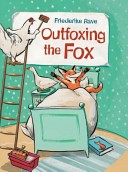
Once there was a little fox who thought he was too smart for school. After all, he thought, foxes are clever already. A fox like himself could certainly outwit a chicken.

Once there was a little fox who thought he was too smart for school. After all, he thought, foxes are clever already. A fox like himself could certainly outwit a chicken.
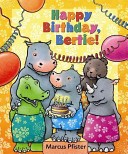
It’s Bertie’s birthday, and he’s going to have a birthday party! There’s a birthday cake to be made, and decorations to be hung, and games to be played, and best of all, presents to be opened. But where is Daddy’s present? Daddy has hidden it so well, he cannot find it himself.
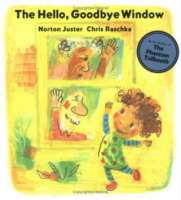
Looking through the kitchen window, a little girl and her doting grandparents watch stars, play games, and, most importantly, say hello and goodbye.
Join the discussion of The Hello, Goodbye Window as well as other books centered around relocation on our My Take/Your Take page.
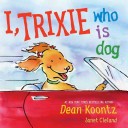
Not everyone can be a dog. Some must be people. Some must be cats, or birds, or even skunks, although its hard to explain why anyone would want to be a skunk. But Trixie is happy, because she does get to be a dogthe best thing there is to be. The food, the belly rubs . . . if only she could drive, her life would be perfect!Bestselling author Dean Koontz gives readers a fun, lighthearted glimpse into the imagination of Trixie, his beloved golden retriever, whose quirky narration and irrepressible spirit will delight readers young and old.
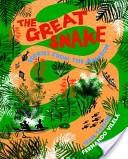
As the Rio Afuá ferry wends its way along the Amazon, Sean Taylor takes in not only the sights and sounds of this extraordinary landscape but also the stories of the people he meets. From sly jaguars and the slowest of sloths to spine-tingling giant serpents and white-suited strangers, his retellings teem with legendary beings, vivid color, earthy comedy, and the mysteries of the rainforest. Together, with Fernando Vilela’s dramatic, color-saturated illustrations, they reveal the Amazon peoples’ beliefs and way of life. Notes and a glossary provide additional information about the region.
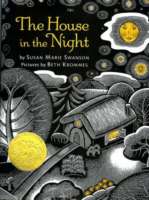
A spare, patterned text and glowing pictures explore the origins of light that make a house a home in this bedtime book for young children. Naming nighttime things that are both comforting and intriguing to preschoolers—a key, a bed, the moon—this timeless book illuminates a reassuring order to the universe.
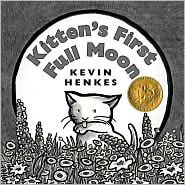
What a night!
The moon is full.
Kitten is hungry
and inquisitive
and brave
and fast
and persistent
and unlucky . . .
then lucky!
What a night!
The Caldecott Medal winning book by Kevin Henkes.
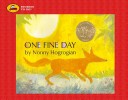
STORIES TO GO!
When a thirsty fox steals some milk from an old farm woman, it sets off a chain reaction young readers will delight in following. Based on a favorite Armenian folktale, this briskly told cumulative story was awarded the Caldecott Medal for the most distinguished picture book of 1971.

THAT SQUARE-JAWED CAN-DO action toy, Traction Man, is back in another hilarious adventure. The little boy, Traction Man, and his brave pet, Scrubbing Brush, are inseparable—until the boy’s father throws the “unhygenic” Scrubbing Brush in the trash and replaces it with a “real” toy, the battery-operated TurboDog. It bleeps, speaks, and squeaks—but is not very smart. So Traction Man, wearing his airtight Astro-suit and armed with a bottle of SuperStrong Germo, enters the trash bin and rescues Scrubbing Brush from the Evil Bin Things (pizza crusts, spaghetti, and potato peels with eyes and mouths that hiss “Stay with us”). The Battle of the Bin is not to be missed—nor is the ignominious demise of TurboDog! With this satisfying sequel, Mini Grey has scored another smashing victory for imaginative play.
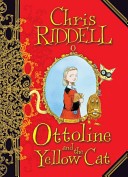
Meet Ottoline Brown and her best friend, Mr. Munroe. No puzzle is ever too tricky for the two of them to solve.